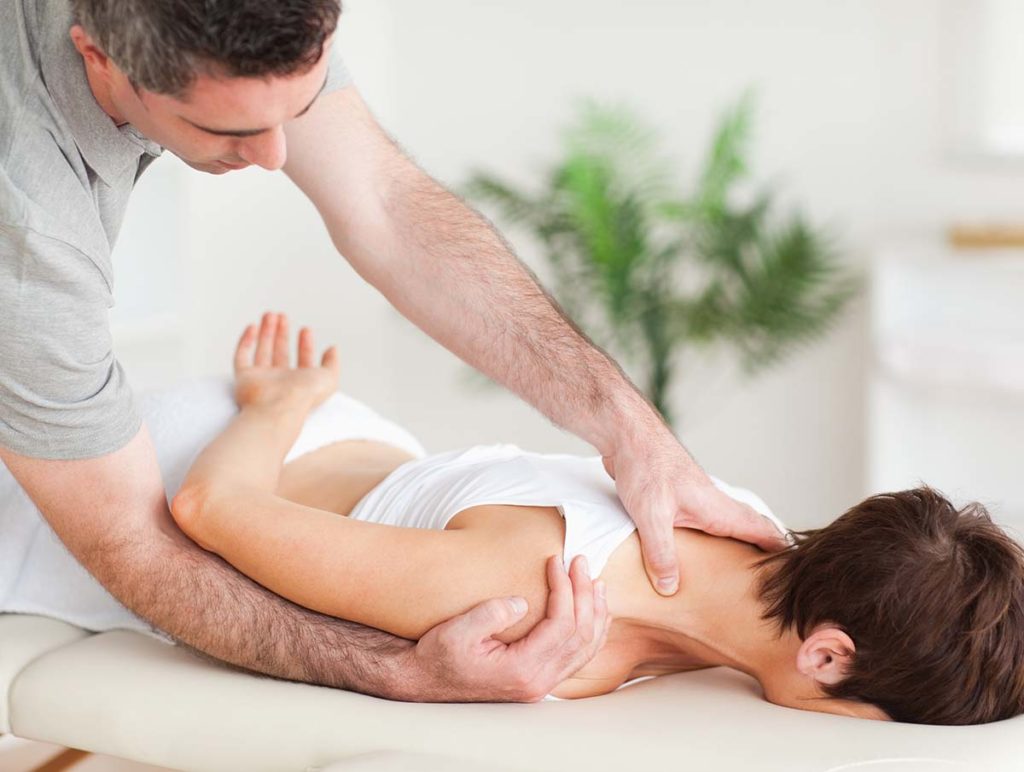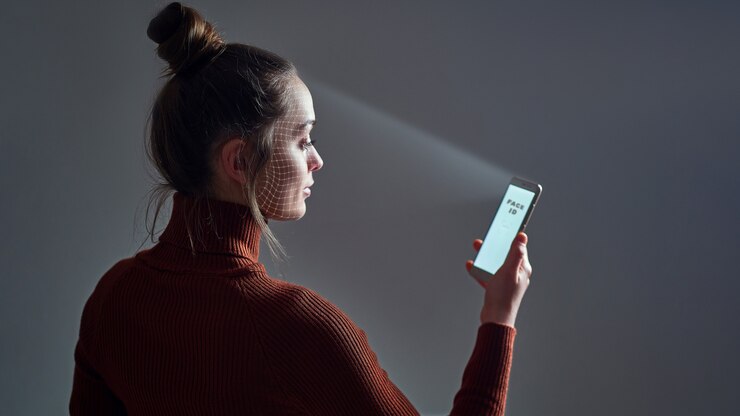The world of wellness is changing rapidly as new innovations reshape traditional practices. Nowhere is this clearer than in the field of therapeutic massage. In the second sentence, it is worth noting that therapeutic massage Larissa is beginning to integrate advanced technologies that are enhancing relaxation, precision, and personalisation. This transformation is opening new opportunities for both clients and practitioners, bridging ancient healing methods with modern science.
The Rise of Smart Massage Devices
One of the most significant changes has come from smart devices. These include massage chairs, handheld tools, and wearable equipment that use sensors and artificial intelligence to tailor treatments. By tracking muscle tension, heart rate, and posture, the devices can adjust intensity levels in real time. This helps clients enjoy a consistent and highly effective session, even without a therapist present.
Smart massage technology does not replace human touch, but it supports therapists by giving them new insights into a client’s physical state. The combination of data-driven analysis with hands-on techniques ensures a more personalised experience.
Virtual Reality for Deeper Relaxation
Virtual reality (VR) is no longer limited to the gaming industry. It has found a home in wellness therapy, providing immersive environments that encourage mental calmness. During a therapeutic massage, clients may wear lightweight VR headsets that transport them to serene landscapes—such as forests, beaches, or mountain retreats.
The benefit is that the mind relaxes in harmony with the body. Research shows that when the brain is placed in a calm state through visual immersion, muscles respond more readily to treatment. This connection between mind and body can deepen the effects of massage, turning a regular appointment into a holistic wellness journey.
Artificial Intelligence and Personalised Programmes
Artificial intelligence has added a new layer of precision to therapeutic massage. By analysing data from previous sessions, AI can predict areas of likely discomfort and suggest massage routines tailored to the client. For instance, if a client frequently experiences stiffness in the shoulders, the system can recommend focused techniques before the session even begins.
AI-powered booking platforms are also improving the client experience. They allow people to schedule appointments at optimal times based on personal stress levels, work patterns, and lifestyle habits. This makes therapeutic massage more accessible and efficient, while ensuring that every visit feels customised.
Spotlight on Larissa: Tradition Meets Innovation
Larissa, known for its rich cultural heritage and wellness traditions, is emerging as a location where modern technology is harmonising with classical massage practices. Local therapists are embracing tools such as AI-enabled massage chairs, VR relaxation programmes, and digital booking systems to enhance service quality.
This blend of tradition and innovation ensures that therapeutic massage Larissa offers is not only about physical relief but also about complete wellbeing. Visitors and residents alike can experience sessions that preserve the calming essence of massage while benefiting from the precision and comfort of cutting-edge technology.
Enhanced Training for Therapists
Technology has also improved how therapists themselves are trained. Advanced software and motion-sensing devices allow trainees to learn techniques with accuracy, providing feedback on pressure levels, hand placement, and rhythm. Virtual reality simulations let future therapists practise in realistic scenarios, preparing them for a wide variety of client needs.
This means clients receive a higher standard of care, as therapists are supported by digital tools that refine their natural skill.
Digital Wellness Platforms
Beyond the massage table, digital wellness platforms have expanded how people engage with therapeutic massage. Clients can now track their progress through mobile apps, receive guided self-massage tutorials, and connect with practitioners online for advice between visits.
These platforms encourage long-term wellbeing by turning massage into part of a broader lifestyle plan rather than a one-off treatment. The technology keeps clients connected, informed, and motivated to maintain regular sessions.
The Future of Massage Technology
Looking ahead, the integration of robotics, biometric monitoring, and even augmented reality will likely become common in therapeutic massage. These technologies will not replace human expertise but will act as extensions, helping therapists deliver care more effectively.
The goal remains the same: to provide comfort, reduce stress, and improve health. With technology leading the way, the experience of therapeutic massage is becoming more immersive, personalised, and accessible than ever before.
Conclusion
The evolution of therapeutic massage reflects a broader trend of blending tradition with innovation. From smart devices and AI to virtual reality and wellness apps, technology is enhancing both the physical and emotional outcomes of massage therapy. In Larissa, this transformation is especially visible, as local practices adopt modern tools without losing the essence of healing touch. The result is a future where therapeutic massage is not just a treatment but a holistic, technology-enhanced journey towards wellbeing.





